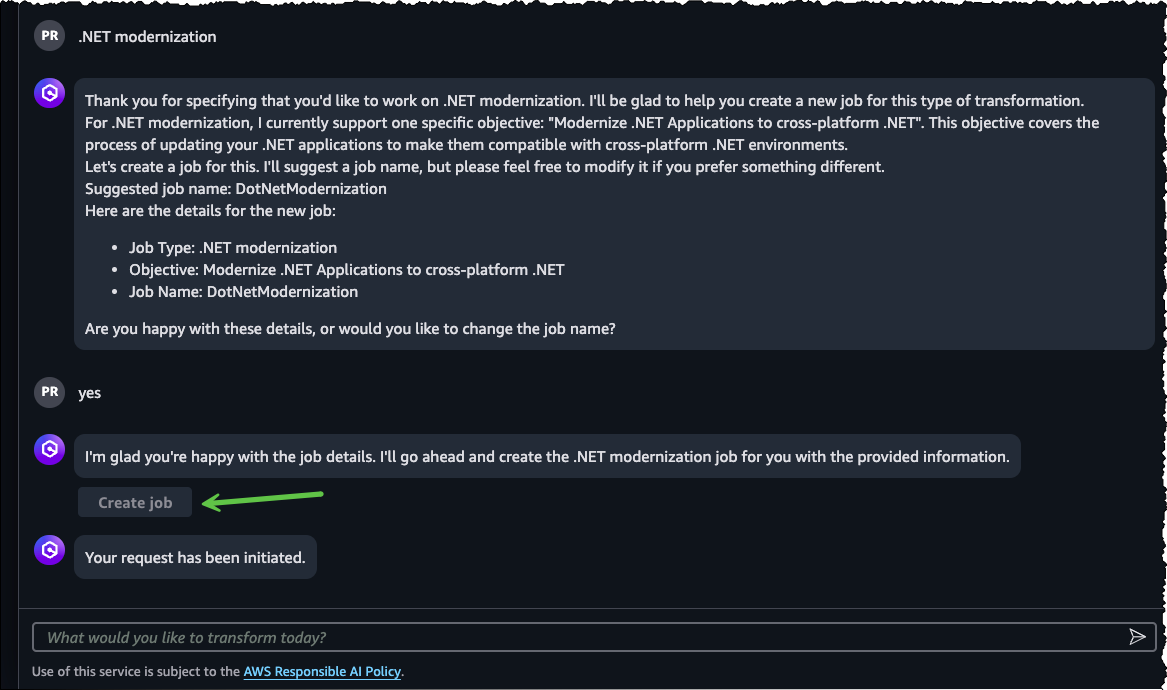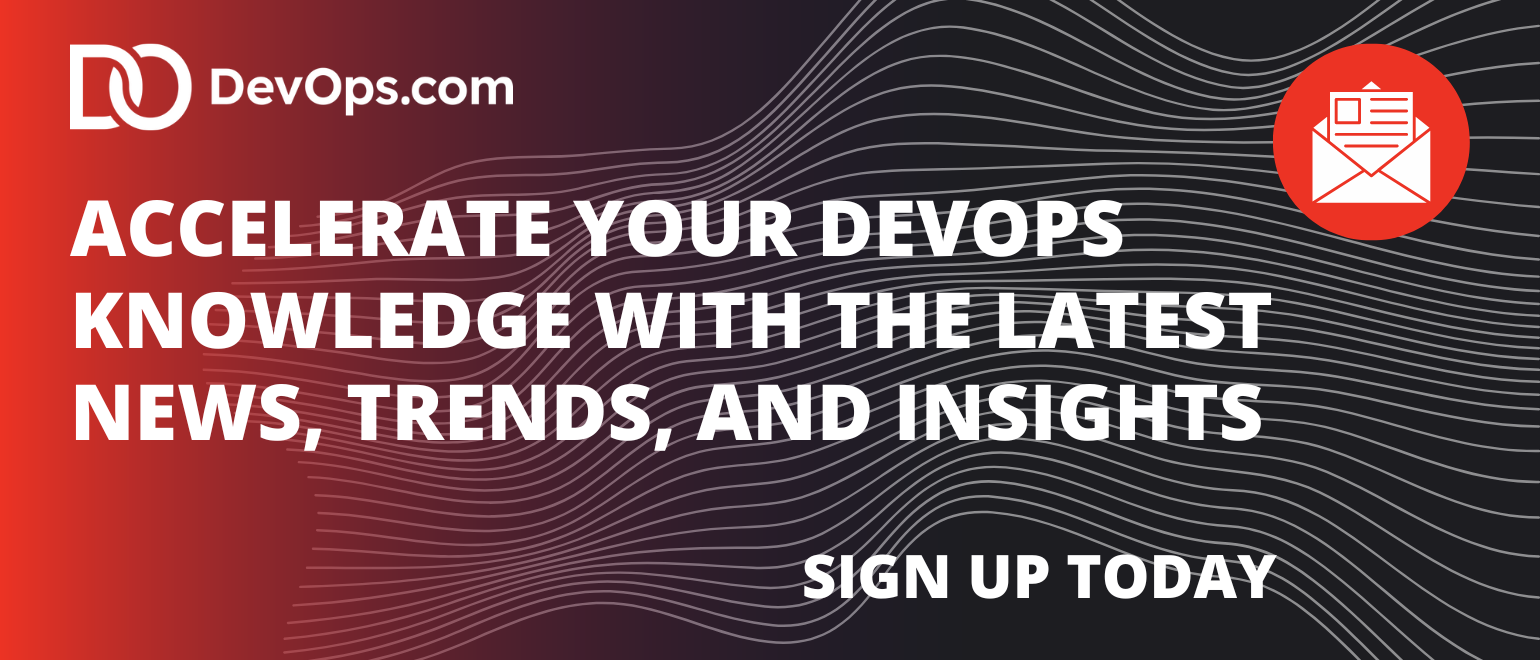Amazon Web Services (AWS) today revealed it has extended the capabilities of its generative artificial intelligence (AI) tool. In addition to providing autonomous agents to automate specific tasks, it can now also be used to help migrate multiple types of applications to different platforms, using the Amazon Q Developer service.
Announced at the AWS re:Invent 2024 conference, AWS is previewing tools that automate the process of moving .Net applications from Windows to Linux, convert applications running on VMware into cloud-native applications, and reduce by up to 50% the amount of time required to modernize mainframe applications.
In addition, AWS revealed it is integrating Amazon Q Developer with the Duo AI tools that GitLab has developed to automate DevOps workflows and previewed a capability that enables Amazon Q Developer to investigate issues and incidents, including surfacing remediations. AWS also announced that PagerDuty will be using this capability in the context of its portfolio of IT operations management platforms.
Since first launched last year, Amazon Q Developer is a generative AI framework that enables developers to automate a wide range of tedious tasks. The AI agents added to the platform now make it possible to also generate unit tests, documentation and review code in a way beyond identifying vulnerabilities and can identify risks associated with deploying specific open-source software components.
Mitch Ashley, vice president and practice lead for DevOps and application development at The Futurum Group, said the greatest near-term potential for software development extends far beyond code completion and new code generation. Developers spend the vast majority of their time on non-value add work they refer to as “toil”. Autonomous AI agents make it possible to automatically create unit tests, document code and perform code reviews.
At the same time, code conversions and app modernization projects are massively complex, costly and prone to project delays that generative AI tools will greatly reduce, he added.
AWS CEO Matt Garman told conference attendees the overall goal is to automate tasks that reduce the time spent on undifferentiated tasks. That’s critical because most developers only spend one hour a day writing code, he said.
Additionally, most developers are spending too much time on application maintenance and modernization. The Amazon Q transformation tools for .Net will streamline those tasks in a way that makes it possible to, for example, migrate applications in weeks to reduce Windows licensing fees, noted Garman.

It’s not clear how aggressively DevOps teams are embracing generative AI but a Techstrong Research survey finds a third (33%) are working for organizations that make use of artificial intelligence (AI) to build software, while another 42% are considering it. Only 6% said they have no plans to use AI. Only 9% have fully integrated AI into their DevOps pipelines. Another 22% have partially achieved that goal, while 14% are doing so only for new projects. A total of 28% said they expect to integrate AI into their workflows in the next 12 months.
One way or another, generative AI will soon be pervasively employed across DevOps workflows. The only thing left to determine is to what degree to rely on generative AI tools and agents, as human application developers remain in the proverbial DevOps loop.

